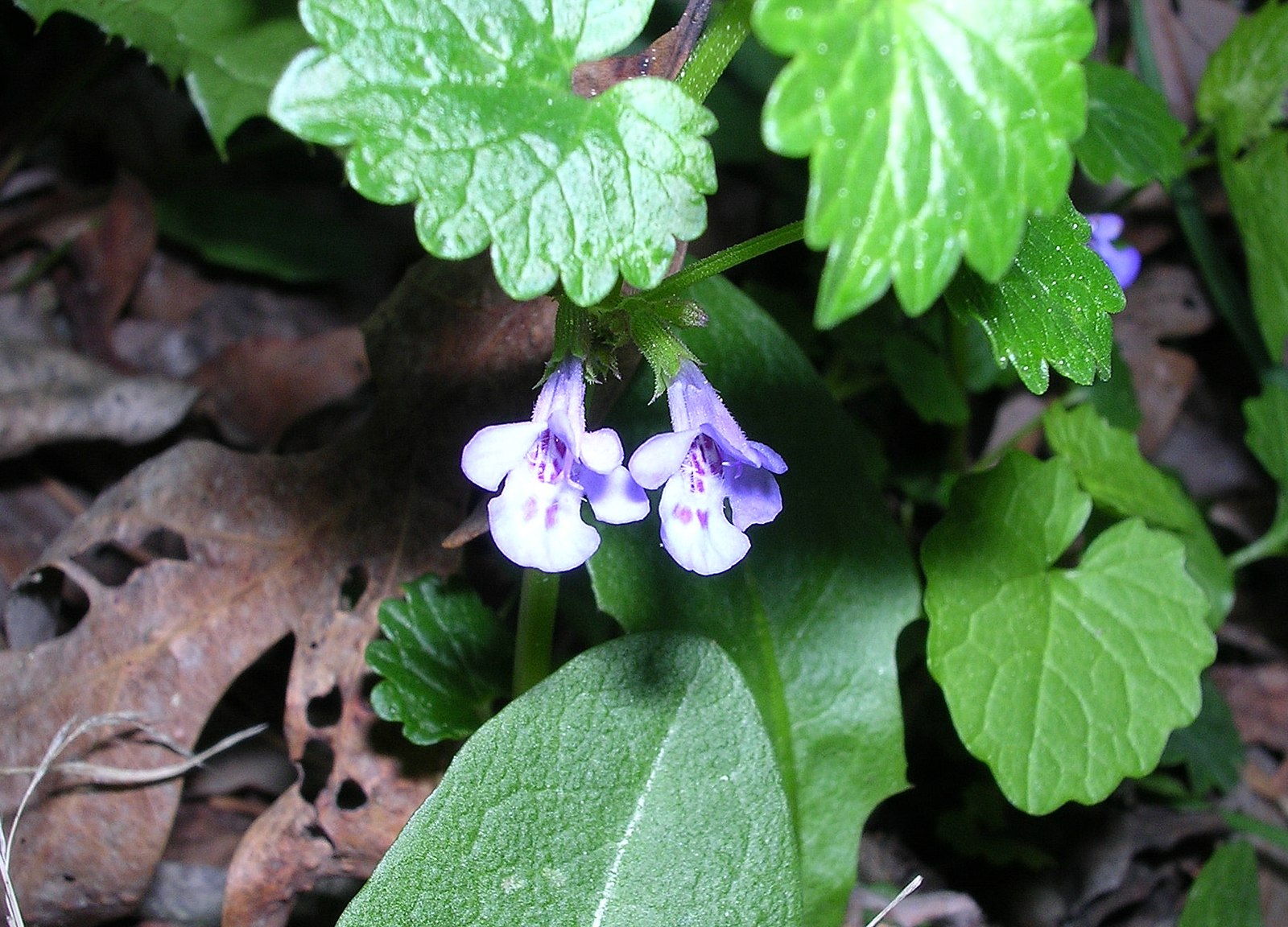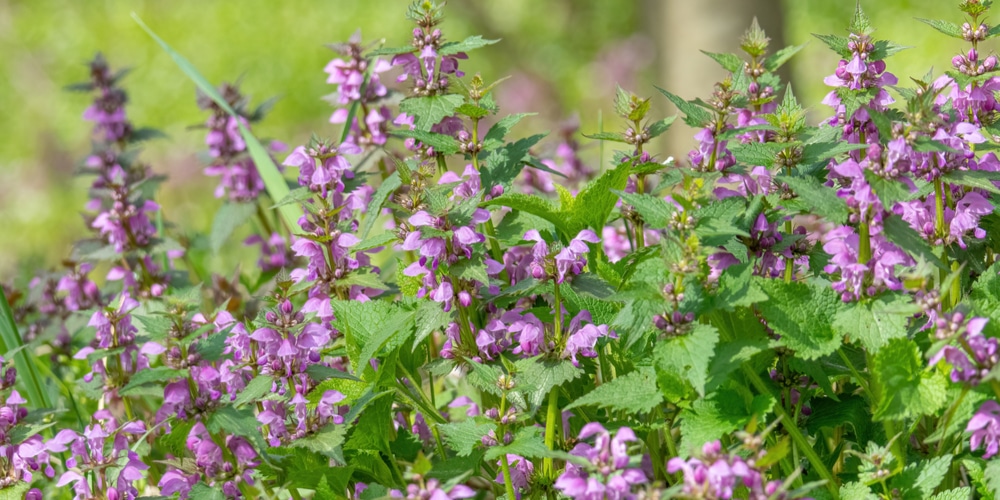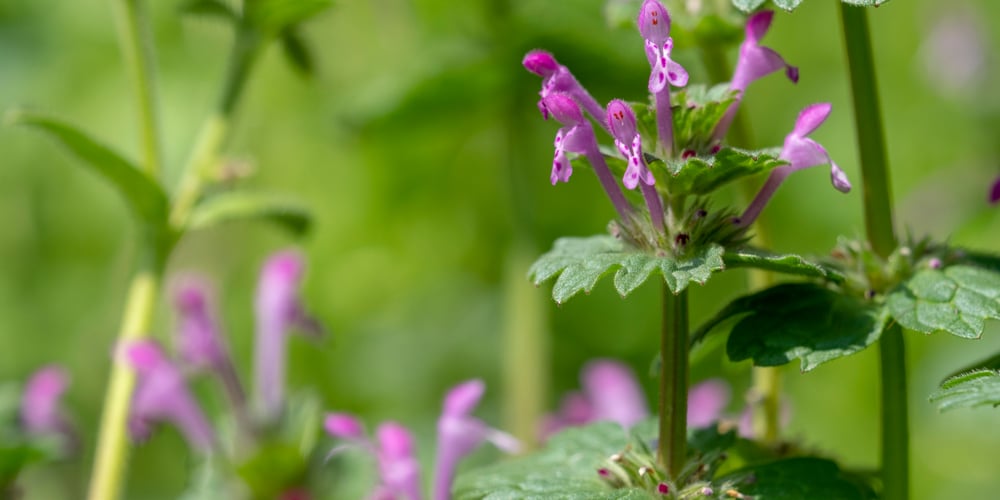Are you looking for a plant that will give your home that old-fashioned, cottagey feel? Then you need to find some creeping charlie! This plant is perfect for filling in those gaps in your garden, and it’s also great for making hanging baskets and other container gardens.
But what if you can’t find any creeping charlie to buy? Here are three plants that will give you the same look.
What is creeping Charlie?
Creeping Charlie (Glechoma hederacea) is a common groundcover plant that is known by a few other names, including ground ivy, creeping Jenny, gill-over-the-ground and run-away robot.
This plant is native to the British Isles, but it has been introduced to North America, now considered an invasive species in many states.
Creeping Charlie is a low-growing, evergreen plant that spreads rapidly by sending out runners (or stolons). The leaves are round or oval-shaped and have scalloped edges.
They are dark green on the top with light green or purple undersides. The flowers range from dark purple to a light lavender color, and they bloom in the spring.
Creeping Charlie Look-Alikes
Creeping Charlie is a difficult plant to control because it can reproduce vegetatively from just a small piece of stem or leaf. It is also tolerant of a wide range of environmental conditions, including shade, drought, and poor soils.
For these reasons, creeping Charlie is often considered a weed. That said, several plants resemble creeping Charlie, and here are the three major ones:
Purple Dead Nettle (Lamium Purpureum)
This is a herbaceous, evergreen groundcover plant native to Europe and Asia. Also known as red deadnettle or the purple archangel, purple deadnettle is a low-growing plant that spreads rapidly by sending out runners (or stolons), just like Creeping Charlie.
Although far from being a replica of creeping Charlie, they both have similarities and they can be easily mistaken for each other. The leaves are heart-shaped and have scalloped edges.
They are dark green on the top with light green or purple undersides. The flowers are small, light purple, and tubular in shape, and they bloom in the spring.
Similar to Creeping Charlie, purple deadnettle is difficult to control because it can reproduce vegetatively from just a small piece of stem or leaf. Mature plants do not exceed more than 10 inches in height.
Moreover, parts of red dead nettle are edible or used as a herbal remedy. The leaves of young plants are used in salads, while the mature leaves and flowers can be used to make tea.
Henbit (Lamium amplexicaule)
This plant is also known as hen’s bite, deadnettle, henbit deadnettle, or henbit nettle. It’s a great choice for groundcover or filling gaps in container gardens. Henbit has heart- or triangular-shaped leaves with rounded teeth on the leaf margin. The flowers are small and range from pink to purple, and they bloom in the spring.
This is a herbaceous annual plant that is native to western Asia, Europe, and northern Africa. It has been introduced to North America, where it’s now found in many states.
Henbit is a low-growing plant that spreads rapidly. The leaves grow in opposite pairs and have scalloped edges. Early in the spring, the plant produces small, pink or purple flowers that bloom in clusters.
Henbit has common features with creeping Charlie, such as the shape of its leaves and its flowers. However, henbit’s leaves are not as glossy as those of creeping Charlie, and its flowers are pink or purple, not dark purple.
Common Mallow (Malva Neglecta)

Common Mallow (Malva Neglecta), also known as Dwarf Mallow, Cheese Plant, Cheeseweed, and Buttonweed, is a flowering plant native to Europe. It is. The plant grows on the low-level ground and has a long, woody stem.
The stems often branch from the base and can sometimes grow upright. Mature plants do not exceed more than 12 inches in height. The leaves grow in opposite pairs and are toothed or lobed. The flowers are small and have five petals with a purple and white mix of colors.
This herbaceous, annual or biennial plant can be consumed as food. Its leaves, seed and stalks are all considered edible. Today, this plant is widespread throughout many states of the United States.
Creeping charlie look alikes: The Takeaway
While all three of these plants have many similarities to creeping Charlie, they also have some noticeable differences.
Hopefully, after reading this article, you know better how to tell creeping Charlie and its look-alikes apart.
Related Article: North Texas Flowering Weeds


